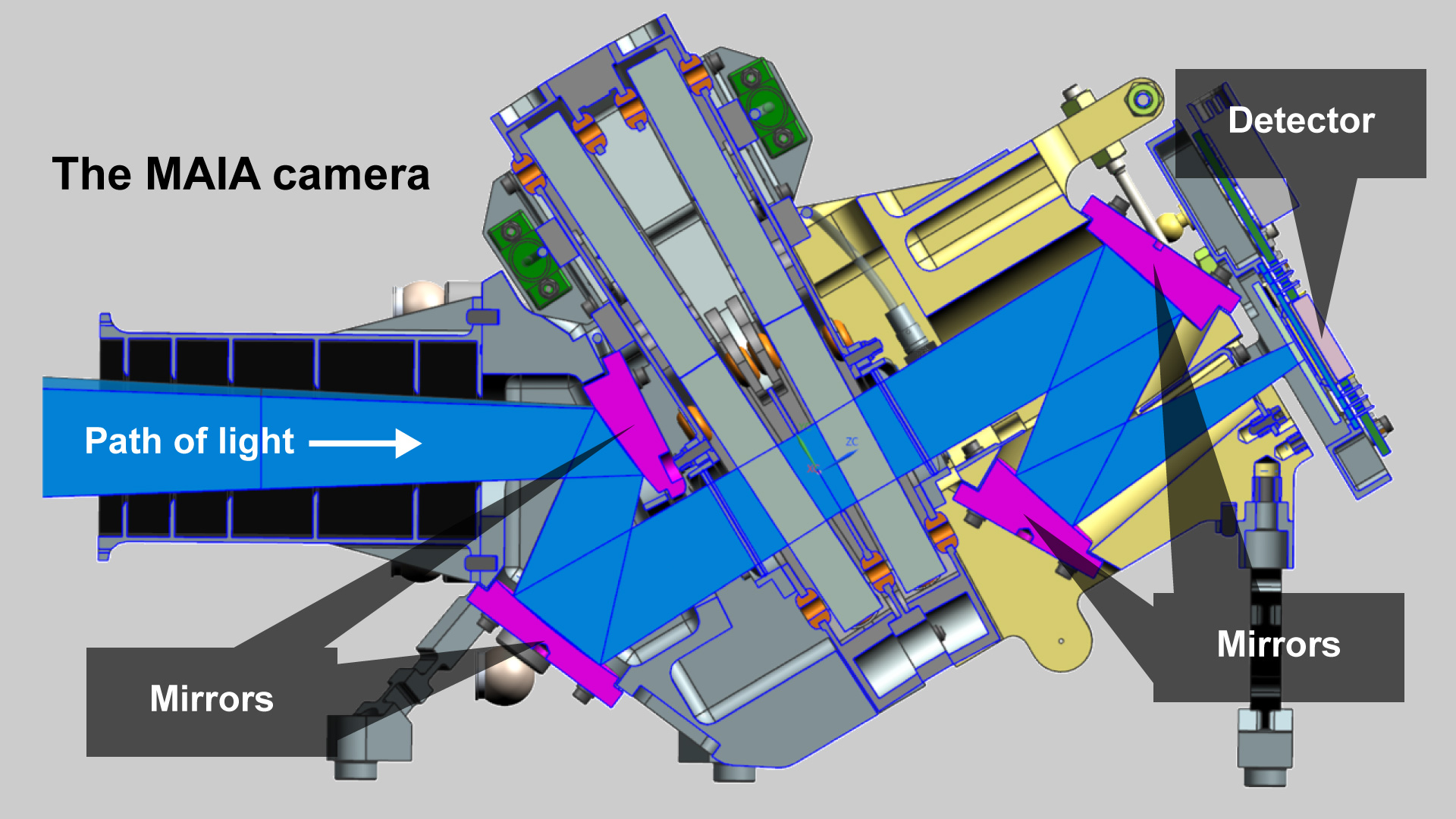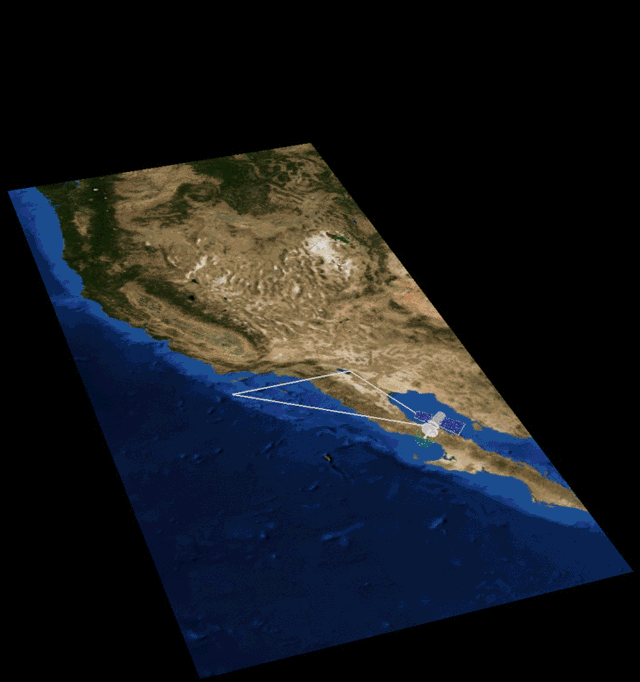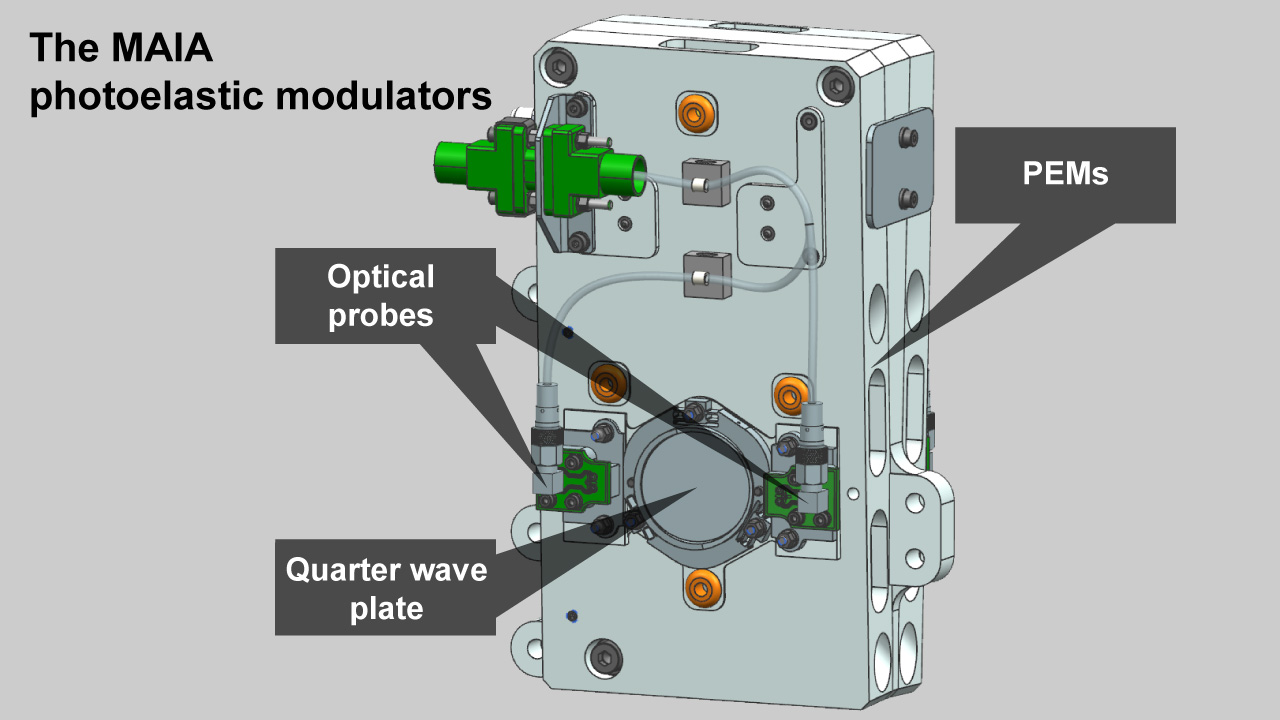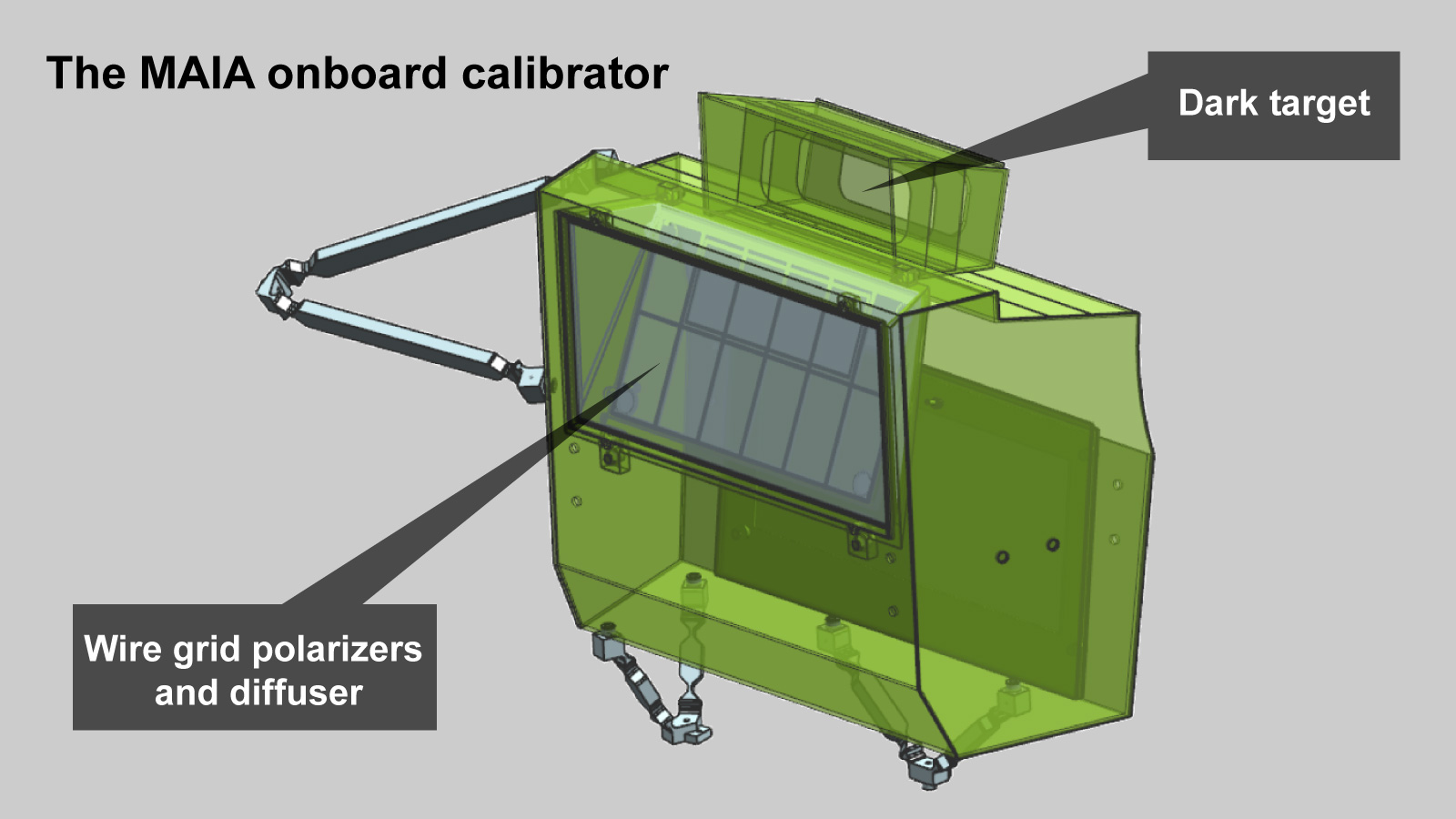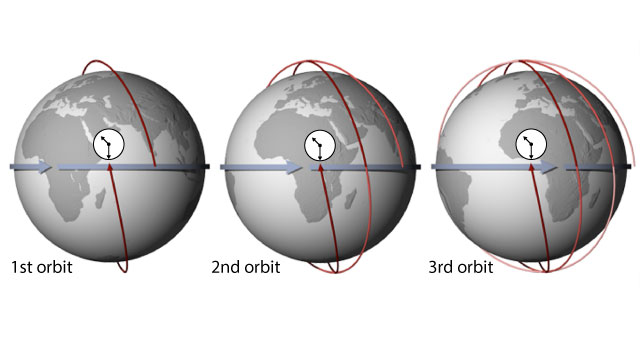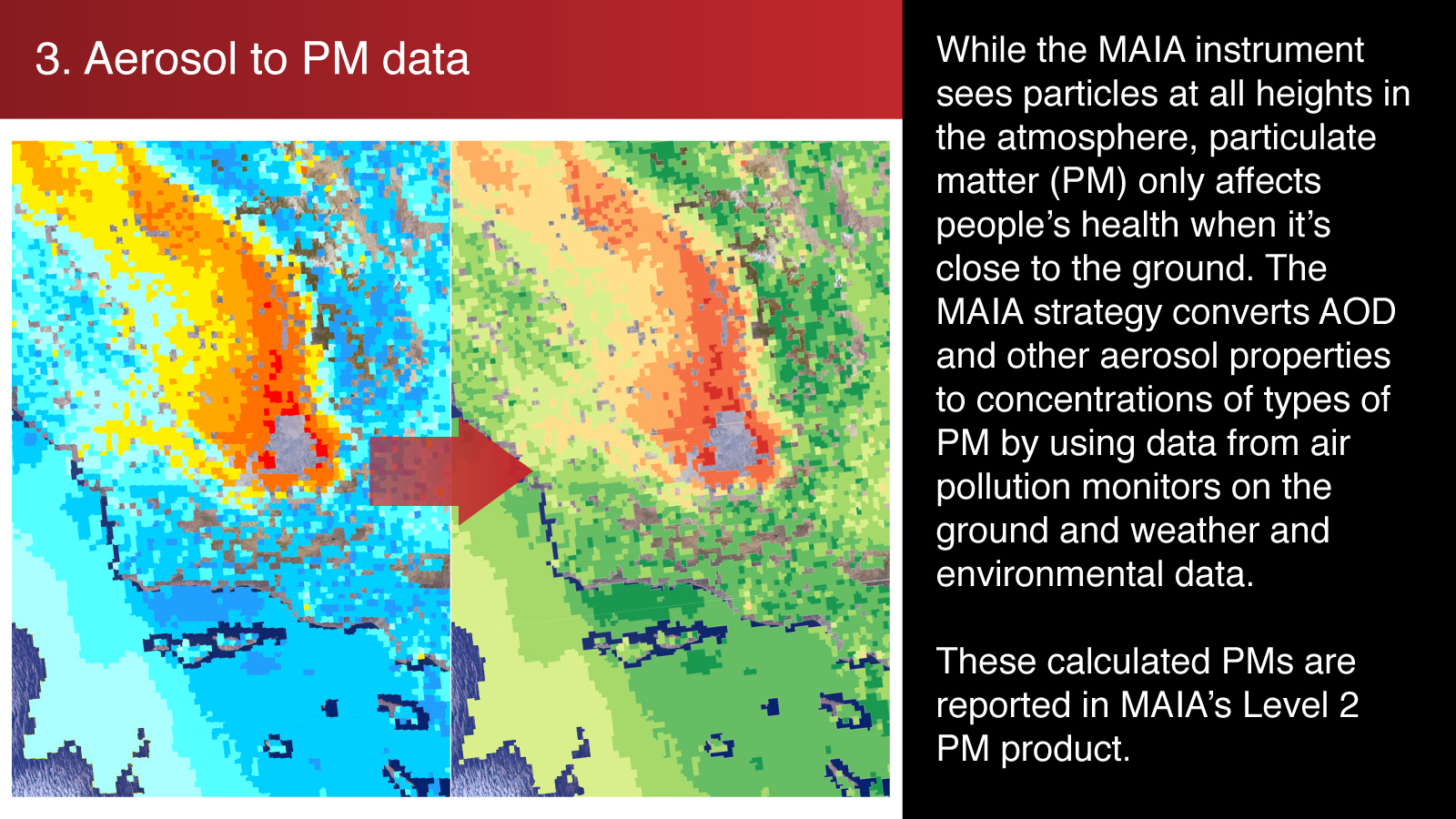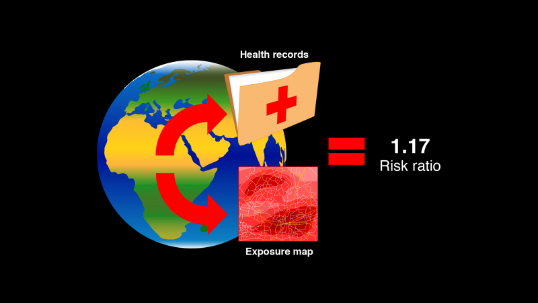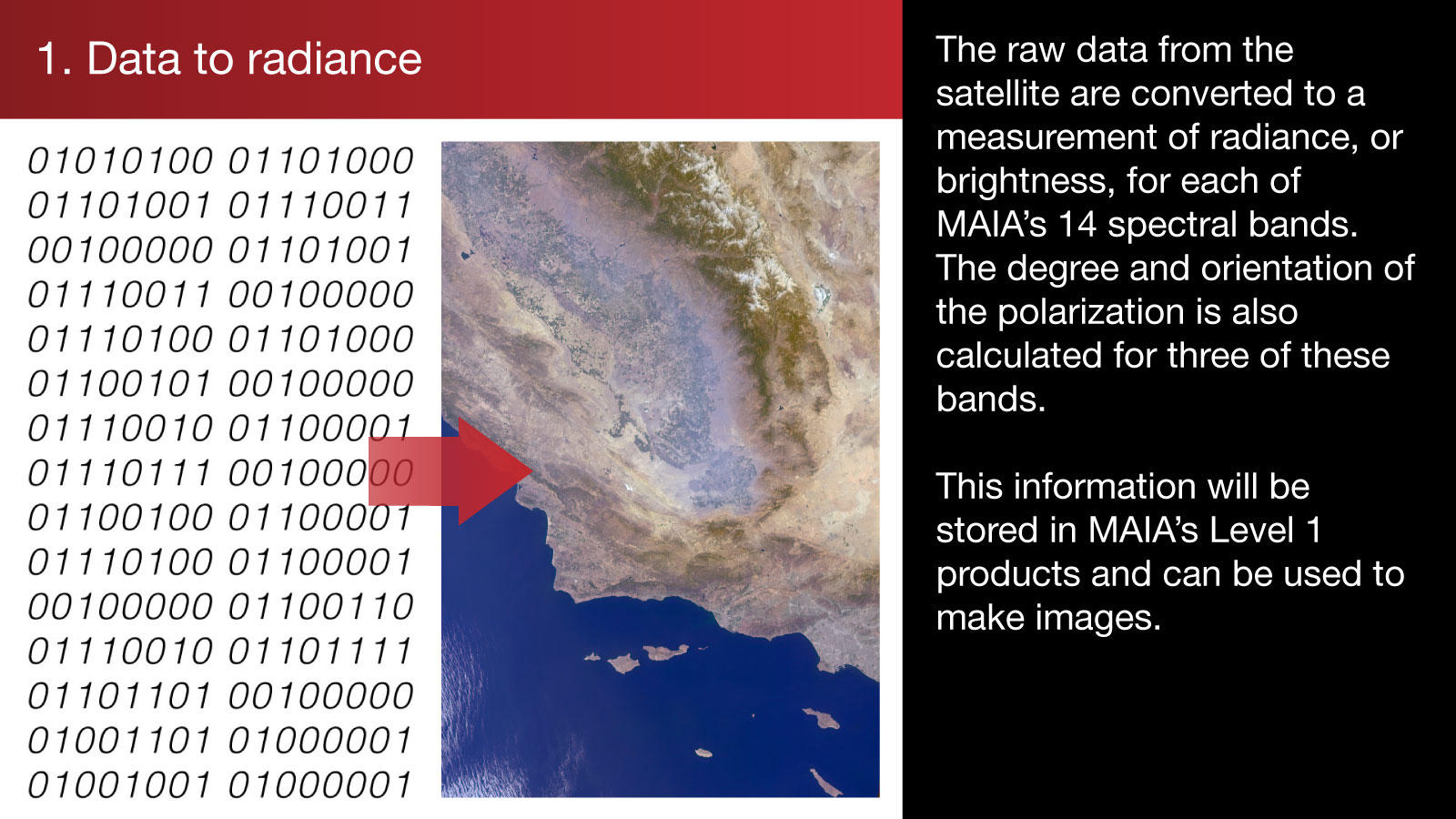
The MAIA Investigation
The MAIA investigation is how we will provide a highly detailed view of key types of particulate matter air pollution (PM).
The MAIA satellite instrument will view a set of Primary Target Areas from space.
This data will be combined with other information, including measurements from air pollution monitors on the ground and outputs from computer models. The results will be used to create daily maps of PM amounts in the Primary Target Areas.
These maps and health records will be used by epidemiologists to conduct health studies. The findings from these studies will provide information about which types of PM are most harmful.
Primary Target Areas
MAIA’s Primary Target Areas (PTAs) are central to the investigation. Each PTA is a large metropolitan area where MAIA epidemiologists will study the impacts of various types of airborne particulate matter (PM) on human health. A candidate set of 11 Primary Target Areas has been selected based on:
- Population: MAIA epidemiologists need a large number of people within each PTA so the health studies will be statistically significant.
- Availability of health records: MAIA epidemiologists need access to local health records in order to perform the health studies.
- Air pollution characteristics: the MAIA investigation will study areas where the amounts and types of particulate matter vary from place to place and/or from one season to another.
- Availability of ground air monitor data: ground air pollution monitors are needed to help convert the aerosol optical depths calculated from the MAIA instrument into PM concentrations.
- Cloudiness: If the area is often cloudy, the MAIA satellite instrument will not be able to see it often, so MAIA PTAs are selected to be in areas where skies are often clear.
- Geography: The locations must be chosen so that they can be observed frequently from the orbit of the satellite that hosts the MAIA instrument.
The PTAs will be finalized before the MAIA instrument is launched. MAIA will also observe other types of targets:
- Secondary Target Areas (STAs): additional areas where aerosols or clouds are of interest to scientists. MAIA is not required to produce health studies for the STAs.
- Calibration/Validation Target Areas (CVTAs): areas which will be observed routinely to check and maintain the accuracy of the MAIA instrument measurements and data products.
- Targets of Opportunity (TOOs): when possible, MAIA will observe major wildfires, volcanic eruptions, and other events that affect air quality.
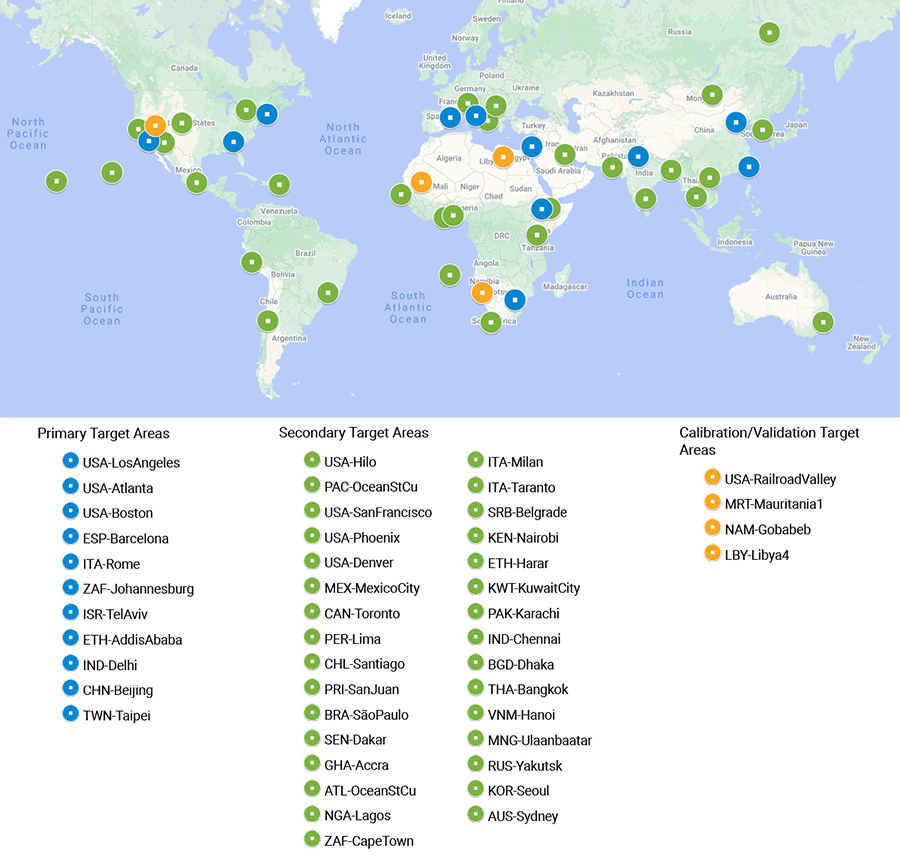
The MAIA Satellite Instrument
Data collected by the MAIA instrument, orbiting the Earth at 740 kilometers overhead, needs to be able to tell a group of tiny sulfate particles apart from a group of equally tiny dust particles. This is certainly a challenge, but MAIA will be able to distinguish types of particulate matter (PM) based on how the particles reflect or absorb sunlight.
MAIA contains a specialized digital camera that peers at how the Sun’s light reflects off of the Earth and its atmosphere. This is no ordinary camera, however. It uses a combination of observing techniques to capture information about a layer of air pollution. Click on the parts of the MAIA instrument below to learn more about the technology that makes this possible, and scroll down to learn more about each part.

Camera: While your digital camera has lenses made of glass, MAIA’s camera uses a set of mirrors made of polished aluminum. It is designed this way so that the camera can record light at many more wavelengths than are seen by a conventional camera (see filters, below).
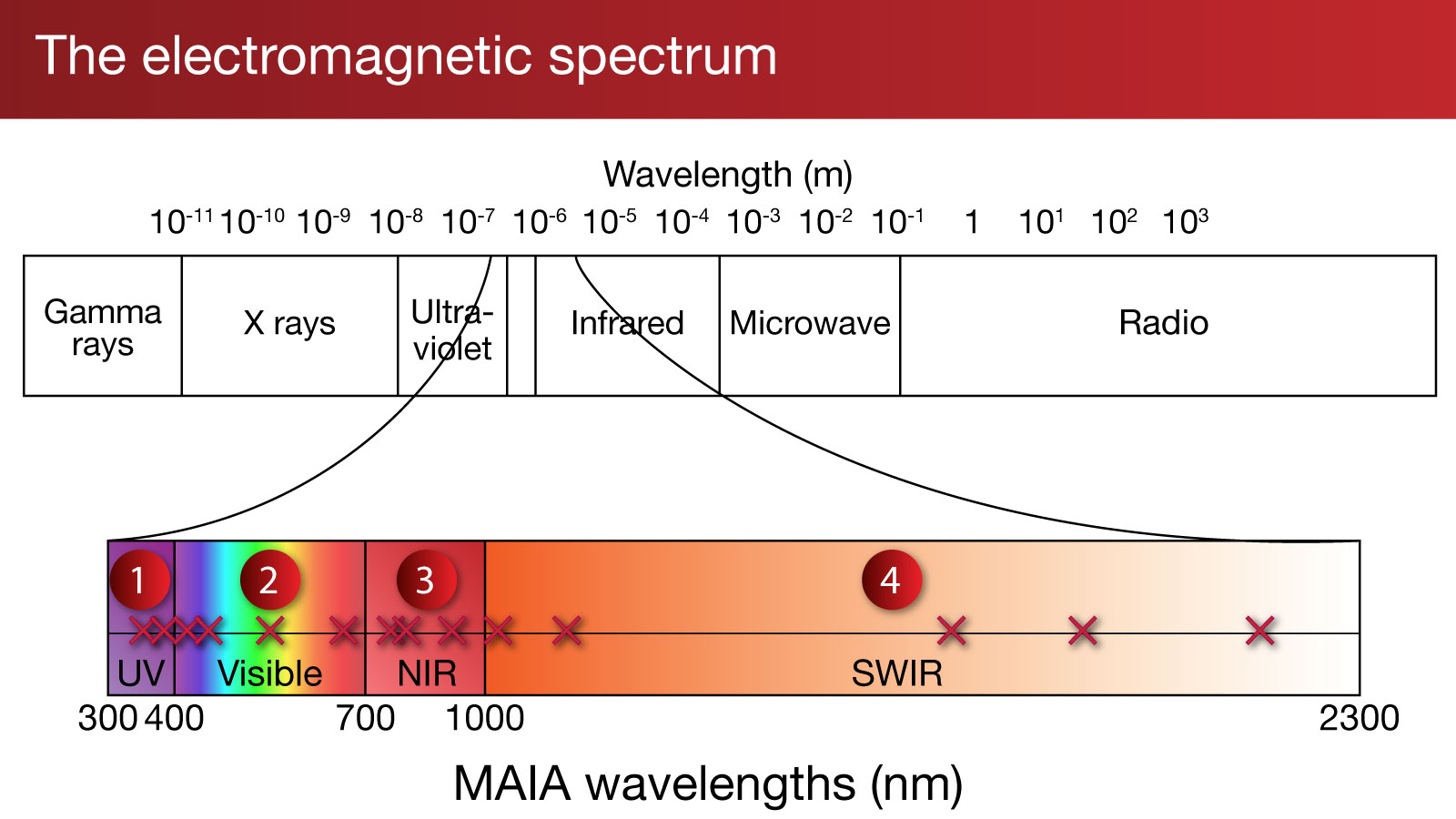
Filters: Your cell phone or digital camera uses three filters to capture red, green, and blue wavelengths of light, which are combined to make an image similar to what our eyes see. The MAIA instrument has 14 filters to capture not just visible light, but also ultraviolet, near-infrared, and shortwave-infrared. Why these wavelengths? Tiny PM particles tend to scatter light most efficiently at wavelengths similar to their own size, so shorter-wavelength visible spectral bands will provide information about the smallest aerosol particles (PM2.5 and smaller) while the shortwave infrared bands provide information about the larger types of aerosols in the atmosphere, like dust and volcanic ash. Ultraviolet wavelengths are sensitive to absorption of sunlight by particles containing certain types of minerals and organic matter.
Click on the numbers for more information.
Detector: A regular digital camera captures images using a rectangular array of detectors (pixels) with every snapshot. The MAIA camera uses a similar device, but its detectors are arranged in individual rows. This type of detector is called a pushbroom imager. As MAIA passes over the Earth, the motion of the satellite pushes the line array over the area like a broom being pushed across the floor. (A flatbed scanner is another example of a pushbroom imager.) The pushbroom technique requires each exposure to be very rapid, since MAIA’s host satellite will be traveling at about 25,000 kilometers per hour!
Gimbal: Have you ever noticed that when peering out an airplane window the atmosphere seems very clear when you look nearly straight down, but is much more hazy when you look toward the horizon? You’ve also probably observed several phenomena caused by the scattering of light at different angles relative to the Sun, like halos around the solar disk, or rainbows. Observing the atmosphere from an airplane or spacecraft at several angles makes the particles stand out more prominently against the surface background, and also gives us information about the size and shape of the particles within it. The MAIA camera is mounted on a motorized gimbal that can rotate 60 degrees forward and backward. As MAIA passes over a target on the Earth, the gimbal will rotate to point the camera at the target several times, capturing images from different angles. This technique is called “step and stare.” The gimbal can also point to the left or right, which allows the camera to see cities that aren’t directly underneath the satellite.
Click to enlarge image
Photoelastic Modulators (PEMs): If you own a pair of polarized sunglasses, you might have noticed that the sky looks more or less hazy depending on how you tilt your head. This is because sunlight becomes polarized when it is scattered by airborne particles. The size and shape of the particles changes how much the light is polarized, and in what direction. The MAIA camera uses special devices called photoelastic modulators (PEMs) and quarter-wave plates (QWPs). When used in combination with polarizing filters placed above the camera’s detectors, MAIA is able to make accurate measurements of the degree to which the incoming light is polarized by particles in the atmosphere.
Onboard calibrator: MAIA also contains an onboard calibrator to maintain the accuracy of its measurements. The calibrator has a series of wire grid polarizers lit by sunlight that has passed through a diffusing screen. Observing the calibrator routinely will allow the MAIA team to correct for any changes in the camera’s sensitivity to polarization. The calibrator also contains a dark target, so that the signals generated by the detectors when it’s dark can be measured and subtracted out.
The MAIA Orbit
The MAIA instrument will ride on a host satellite, to be selected by NASA at a future date. This satellite will be launched into low-Earth polar orbit, passing close to the north and south pole on each orbit. The orbit will be “sun-synchronous,” which means that every time the satellite crosses the equator (roughly every 100 minutes), the local time will be the same. This type of orbit is important for MAIA because it will see each city at approximately the same time of day every time it passes overhead. (Imagine how difficult it would be to study particles in the atmosphere if you were comparing one image taken mid-morning and another taken at sunset.)
From satellite data to PM10 and PM2.5 maps
Once MAIA has observed a target, the next step is to transform the raw data into maps of particulate matter concentrations.
More details about the data products are available on the applications page.
Use of MAIA data in health studies
Different epidemiological studies are planned for each Primary Target Area (PTA) depending on the type of health records available, what studies have been done in the past, and the types of particulate matter (PM) in the PTA. Studies in each PTA will focus on the health impacts associated with exposure to PM over one or more of the following timescales:
-
Acute exposure:
Acute, or short-term exposure to air pollution, takes place over a period of several days. Short-term spikes in PM are generally associated with increased hospital visits due to heart disease, asthma and other respiratory diseases. It is also believed that there can be a temporary spike in mortality (deaths) during severe air pollution events, since poor air quality may prove too hazardous for people already suffering from heart or lung disease. These types of studies are conducted by analyzing local vital statistics records (such as death certificates) and hospital admittance records to determine whether deaths and admittances increase around times when PM concentrations are high. -
Sub-chronic exposure:
Sub-chronic exposure studies examine the risk of exposure to air pollution over longer periods, usually many months. One important type of sub-chronic exposure study is of problems that can occur during pregnancy, such as high blood pressure, premature birth, and low infant birth weight. Health problems in infants can continue to affect the children throughout their lives. Previous studies have found that exposure to PM during pregnancy is associated with increased risk of such problems. Birth outcomes are usually studied by analyzing birth records or by forming a birth cohort, a group of people who agree to be monitored during pregnancy. During a birth cohort study, PM exposure is calculated throughout the pregnancy and the infants’ vital statistics are checked after birth. -
Chronic exposure:
Chronic exposure studies usually track the effects of exposure over multiple years. These are usually done with a cohort of volunteer participants or by analyzing existing health records. The participants’ exposure is calculated over many years, and the incidence of certain diseases is tracked both during the exposure-monitoring period and afterward. This type of study is the most complex, because researchers have to account for peoples’ movements and activities over a long period, and the potential effect of confounding factors is greater. However, these studies, when well conducted, provide the most information on serious health problems.
In all three types of studies, the MAIA data products will be used to calculate the participants’ exposure to various types of PM pollution. The exposures will be used to calculate the risk ratio of a particular disease, like heart disease. If the risk ratio is significantly larger than 1.0, it means that people who are exposed more air pollution are more likely to get the disease. For example, a risk ratio of 1.17 means that people who are exposed to more PM pollution are 17% more likely to develop the disease than people who breathed cleaner air.

